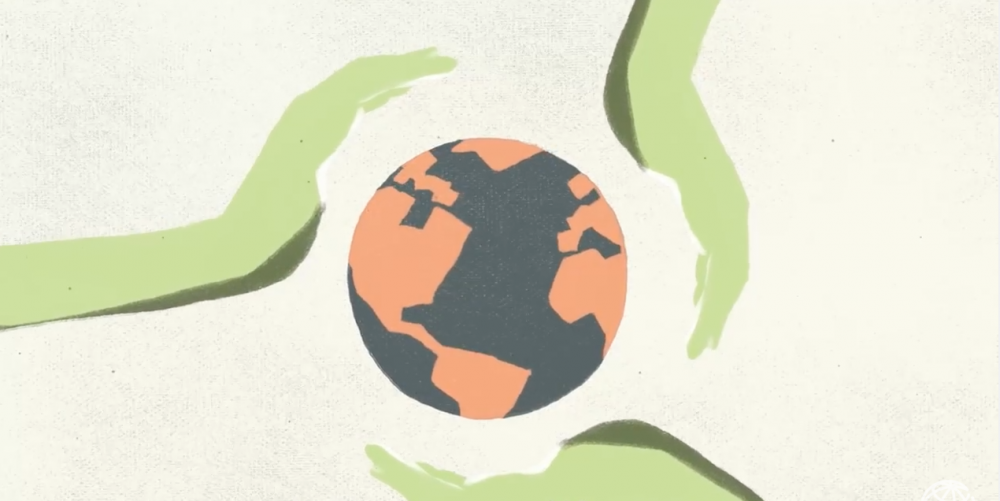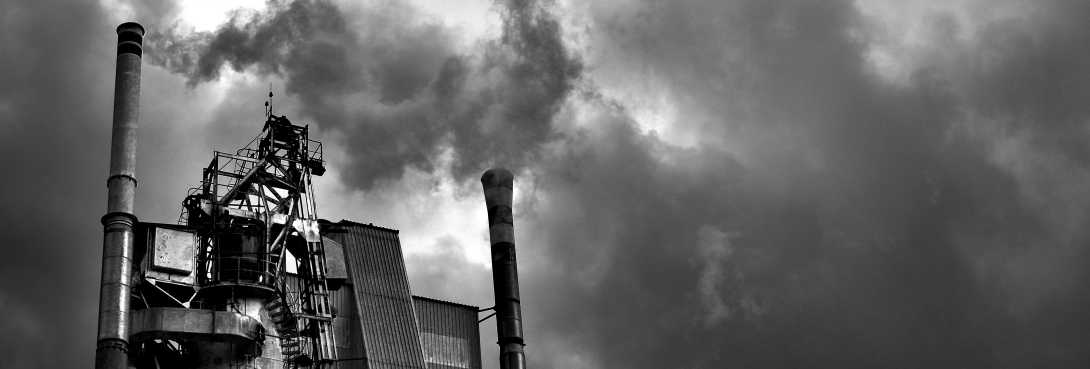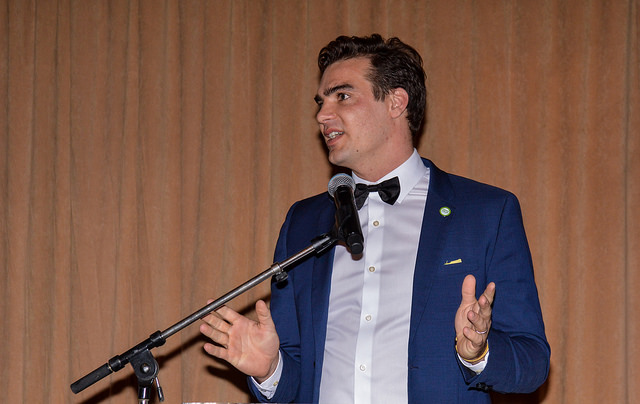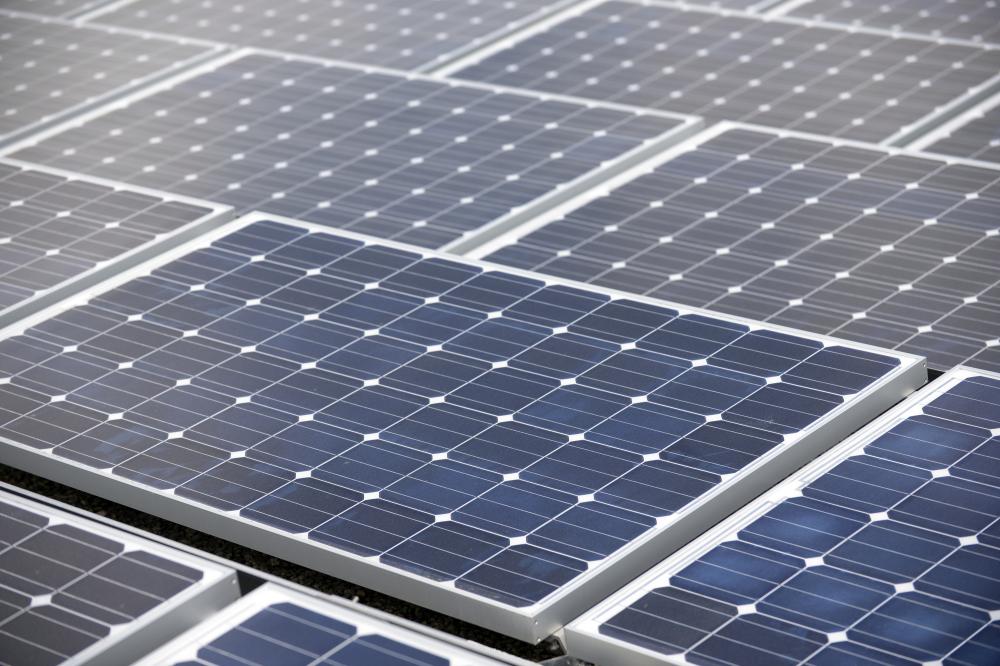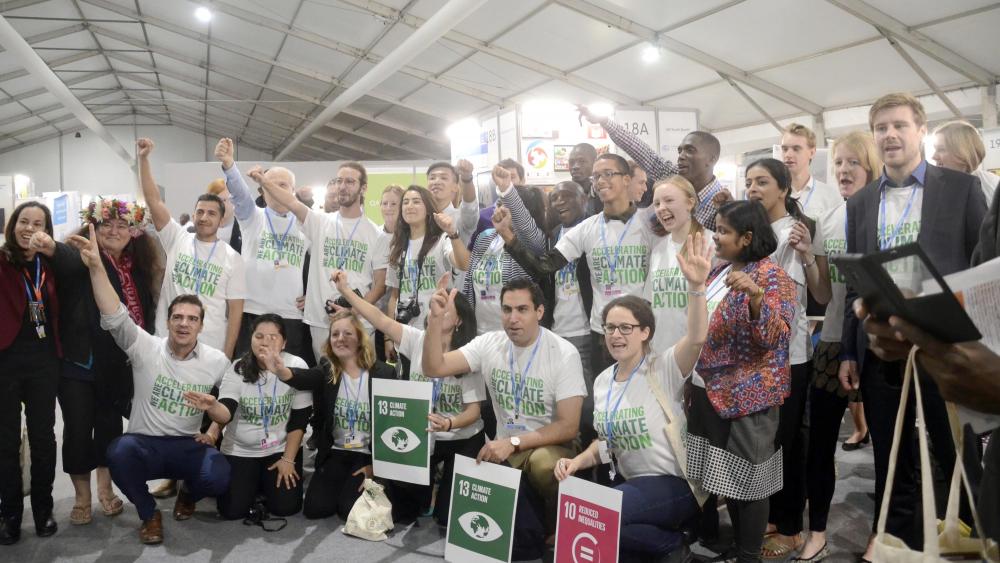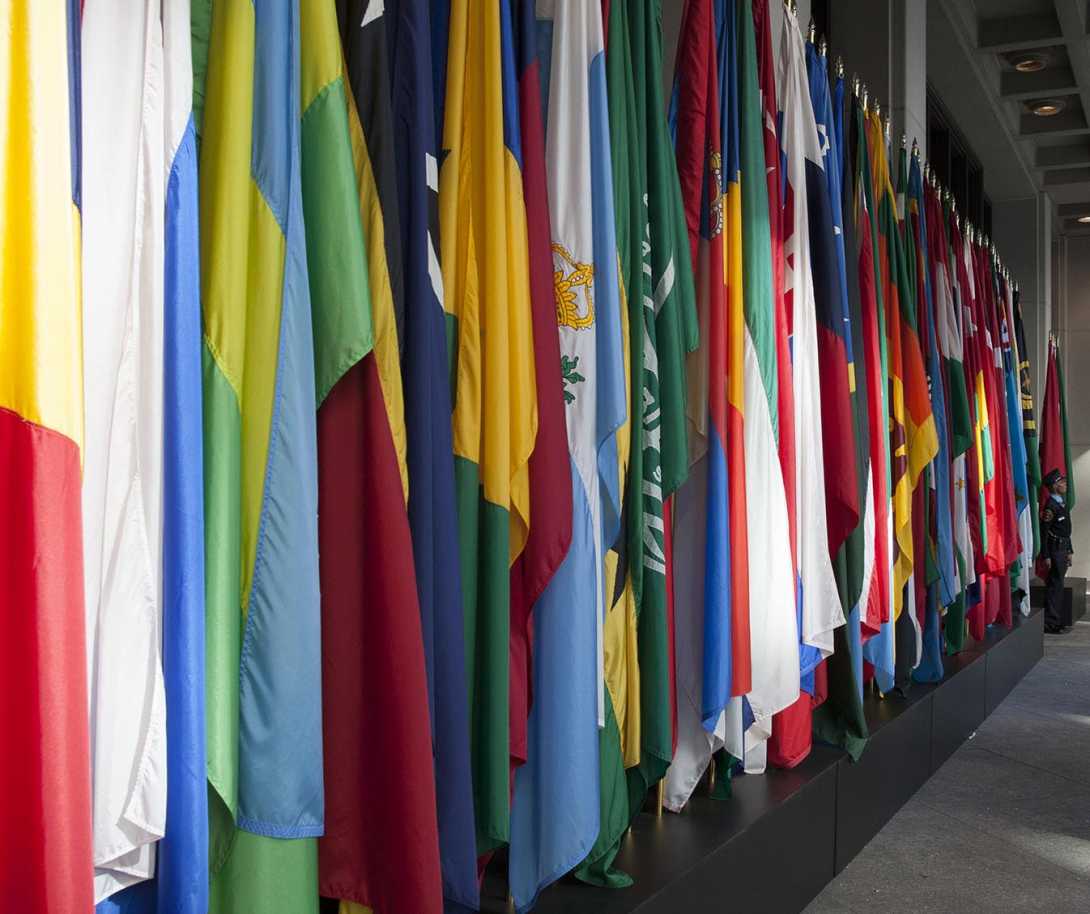
The Spring Meetings of the World Bank Group and the International Monetary Fund (IMF) each year bring together central bankers, ministers of finance and development, private sector executives, and academics to discuss issues of global concern, including the world economic outlook, poverty eradication, economic development, and aid effectiveness. Also featured are seminars, regional briefings, press conferences, and many other events focused on the global economy, international development, and the world's financial system.






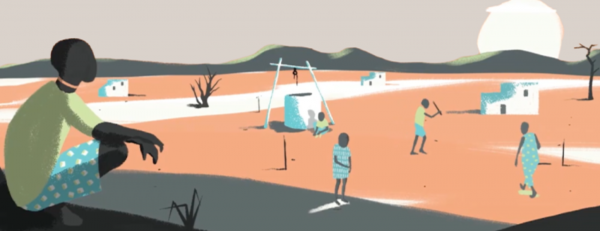
 Jim Yong Kim, World Bank Group President
Jim Yong Kim, World Bank Group President
